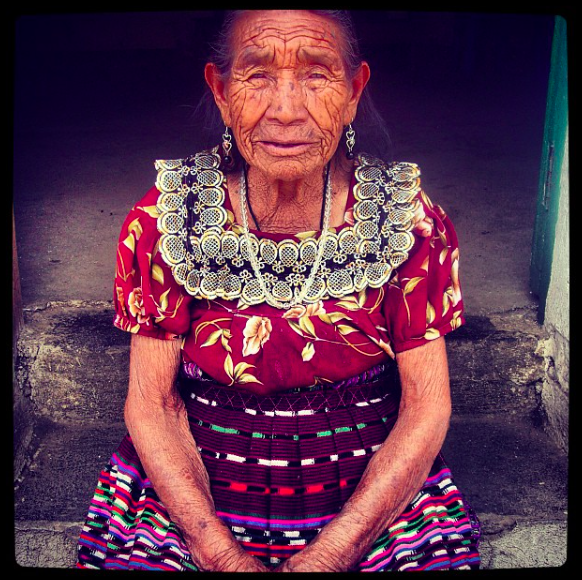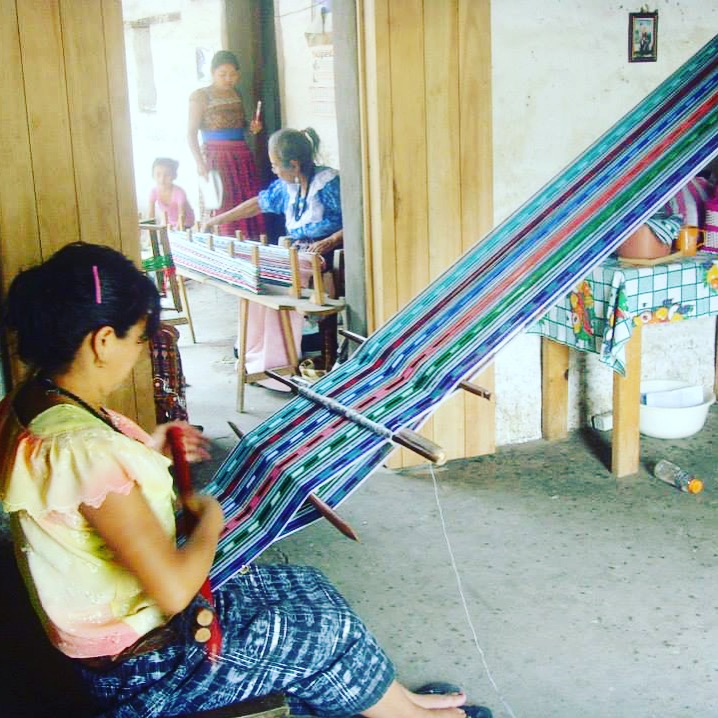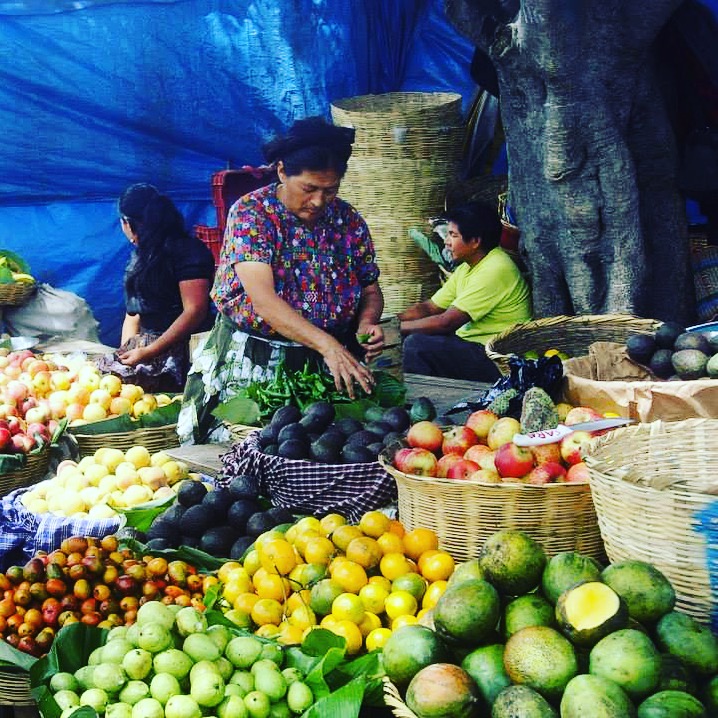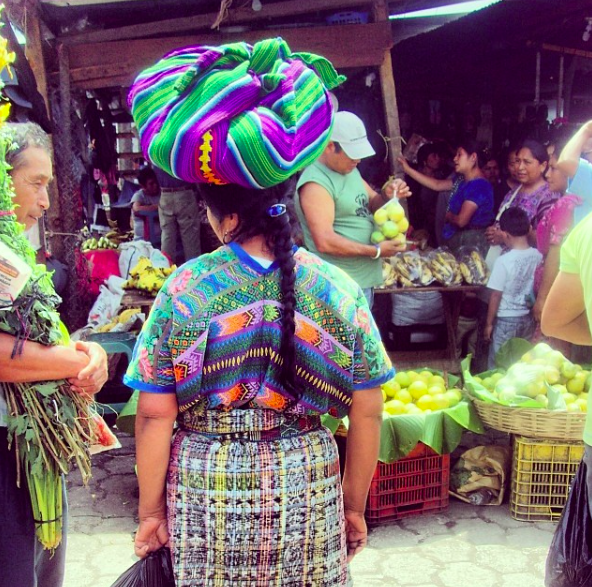Lydia Swinscoe takes a look at the colourful history of Guatemala’s traditional clothing

Photos by Lydia Swinscoe
The most colourful countries are always my favourite. I’m obsessed with India: saris and bangles in every shade, the bright turbans of the Punjab and bold marigolds, piled high in baskets on street corners. Bolivia captured my heart with pink flamingos, the enchanting street demonstrations of La Paz and decorated llamas. While Myanmar dazzled with shimmering golden pagodas, maroon robed monks and markets filled with exotic bright fruits.
My first big trip alone was to Guatemala – another of these addictively colourful countries – almost 13 years ago. Years later, I found myself back in the crumbling, colonial city of Antigua, just a few hours’ drive from Guatemala City waking up in one of the beautifully decorated rooms of Hotel Sor Juana. Surrounded by traditional Mayan fabric bedspreads made me realise how much I wanted to learn about Guatemala’s textiles, weaving and the clothing that makes this country oh-so-colourful.

The crumbling walls of Antigua hide hundreds of secret courtyards and many places to pick up these traditional textiles. Nim Po’t Centro de Textiles Tradicionales has walls covered in huipils dating back to the 1930s and arranged by region. Huipils are worn by women all over Guatemala and are perhaps the most common item of clothing. A loose fitting tunic made from woven fabric, traditionally on a back-strap loom, they seem to be more like detailed pieces of art, rather than clothing.
Making these wearable pieces of art is an important cultural practice for Guatemalan women, young girls learn from mothers and grandmothers, not only the practice of weaving, but also designs that identify specific indigenous groups. At a time when many families live below the poverty line, the income from weaving enables many families to simply survive. Each region of Guatemala has its own designs, symbolism, colours and details, women spend months weaving them often including hidden messages and meanings. Mayan women can read information like cultural identity and religious background just by looking at another’s huipil, it’s about as far removed from the Western worlds current fixation on fast throwaway fashion as you can get.

I wanted to see how the wonderful multi-coloured fibres made their way into beautiful geometric patterns, so I travelled to San Juan Atitlan to find out. A mountain village nestled on the shore of Lake Atitlan, (once described as the most beautiful lake in the world) it’s hard to imagine a more idyllic setting to watch the ancient art of back-strap loom weaving at work.
Not as brightly coloured as many of the neighbouring towns dress, the textiles of San Juan are dyed naturally using carrots, achote (a red seed) and tree bark. Wandering around the cobbled streets, it’s easy to find women weaving. Through open doors I see them quietly working with the back-strap loom. The loom is fairly simple, long threads are stretched between two horizontal sticks, one which is fixed to something in the house or a tree trunk, whilst the other is attached to a strap that goes around the weavers back. The cross threads can then be woven through the long threads to create patterns and symbols. Just round the corner in San Pedro, a short tuk-tuk ride from San Juan, you can sign up for weaving classes at the women’s collective, Groupo Ecologico Teixchel.
After my second trip I realised that for the women of Guatemala, traditional dress means so much more than fashion, it’s a way of life. Faced with decades of political violence and oppression during the thirty-six year long civil war, weaving and embroidery have provided an important outlet of self-expression for Mayan women. Their resilience in character can be seen in each tread of every piece.

